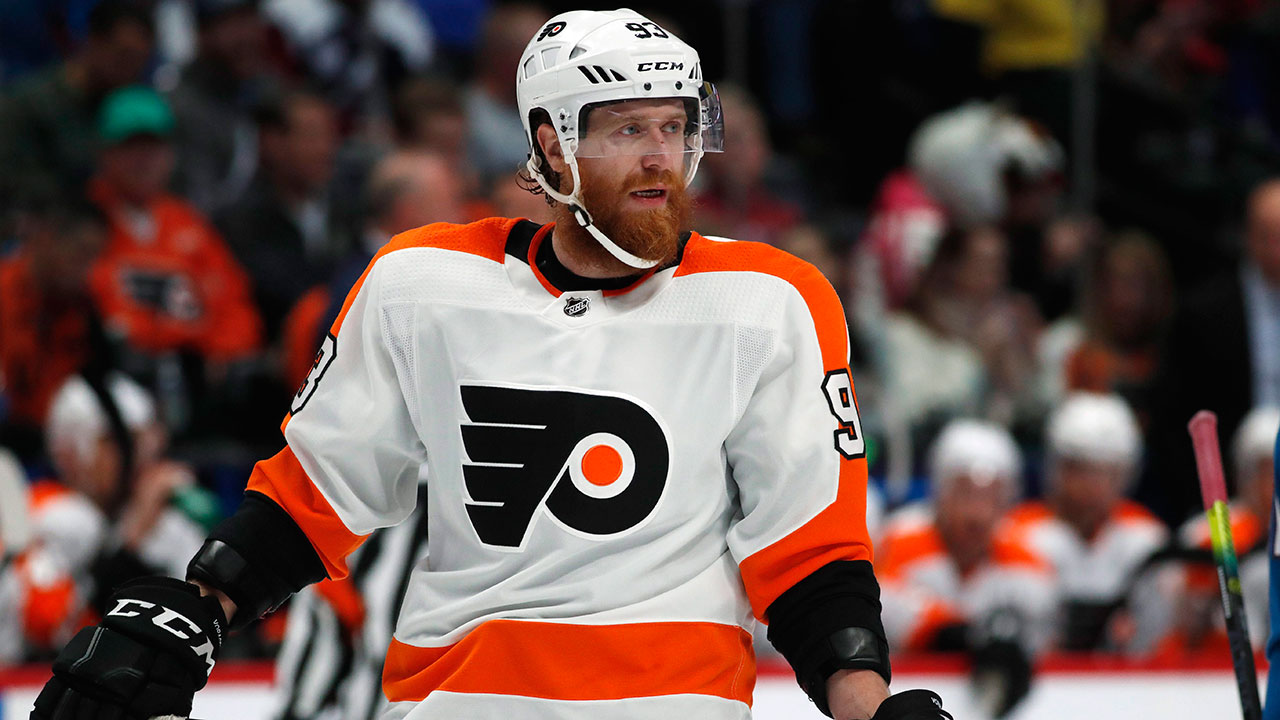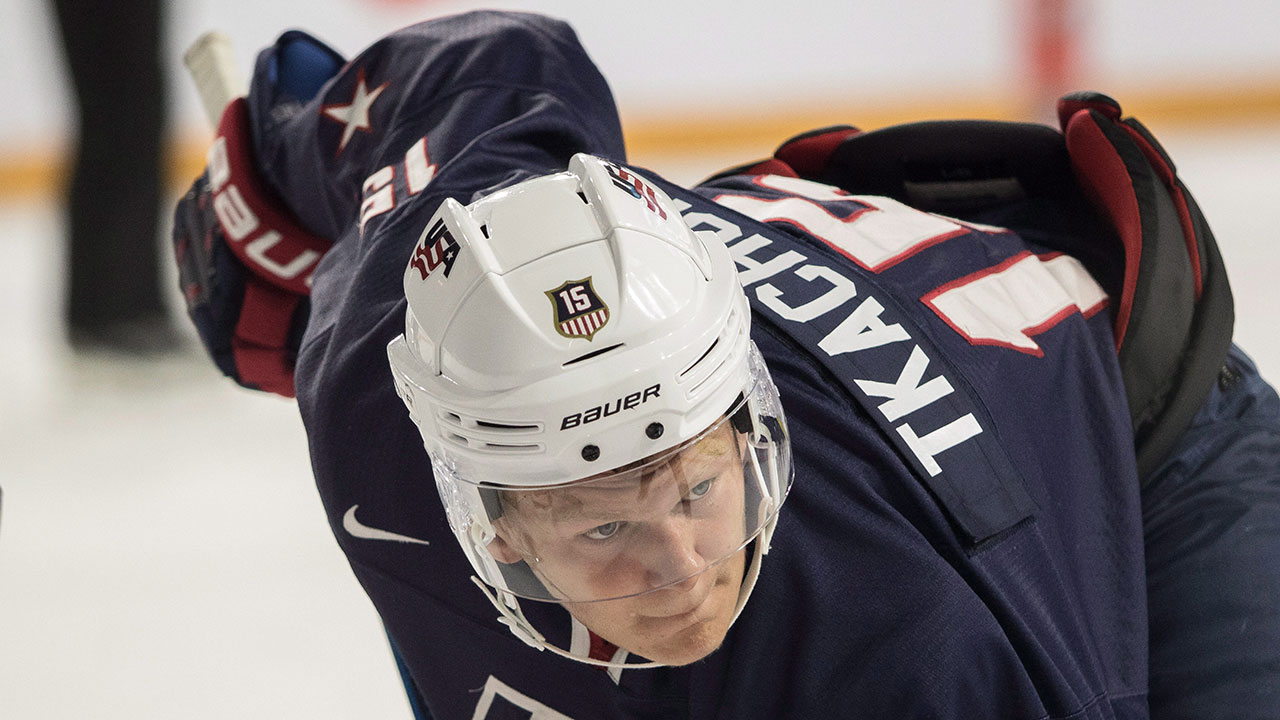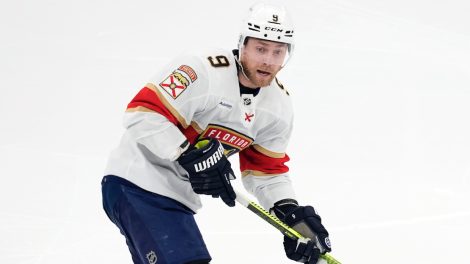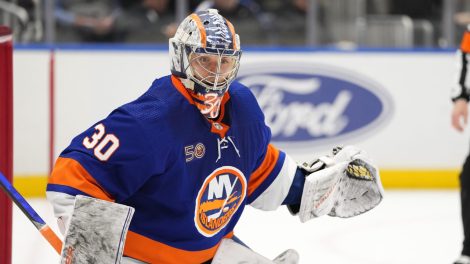There was a time, when Sports Illustrated was unquestionably the outlet of importance in the sporting world, where the magazine ran a cover about hockey’s rise in the national consciousness, contrasted with basketball’s decline. It wasn’t 50 years ago either, it was written in the mid-1990s, right after the Rangers won their Cup in ’94, and just before the puck really went dead for an era.
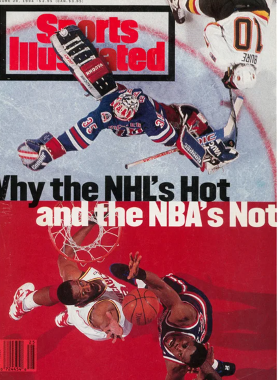
In the years since, we’ve seen what’s happened with the two leagues. Hockey entered a rough patch where the goals dried up and the labour disputes became frequent and public, while interest in the NBA grew.
Still, the NHL mostly kept pace. With similar schedules and attendance, revenues were close enough that the two salary-capped leagues offered comparable amounts of money to their players as recently as five years ago. Granted, the NBA has much smaller rosters, so that helped their individual players, but the point remains the same. In 2014-15 the NBA’s salary cap was set at under $63.1 million. The NHL’s was $64.3 million. The years prior were close, too.
Five years later and in 2019-20 the NHL’s salary cap rose to $81.5 million, while the NBA’s hit $109,140,000, approaching $30 million dollars difference. That was thanks in large part to a huge TV deal where the NBA earns massive amounts of money beyond what the NHL sees.
Hockey’s US TV deal is up this summer, but here’s the summary of the state of affairs as of today from the Wikipedia entry on sports broadcasting contracts in the USA: “In 2014, the NBA signed a nine-year television deal with ABC/ESPN and TNT that generates annual league TV revenues of $2.66 billion beginning with the 2016–17 season, while the NHL earns $200 million annually from a 10-year contract signed with NBC Sports in 2011 that runs through the 2020–21 season.”
[snippet id=3816507]
With all this new-found flexibility, the NBA has seen the growth of something else that makes their game more of a reality TV show soap opera than just a basketball competition: player-led roster moves, kicked off by the infamous-and-clearly-inspiring broadcast of LeBron James’ “Decision” to go to Miami.
Basketball has another thing working in its favour: it has max-length contracts of four years, five if the player is re-signing with his current team. The NHL, you likely know, has max term lengths of seven years, or eight if re-signing with their own clubs.
Given hockey’s entry-level deals are three years long, and the careers of even great players don’t much exceed a decade, you can see that stars are most likely to sign one big deal in their careers (though the more recent push for players to go long earlier might allow a few great players to hit a second). For NBA players, it’s not at all uncommon to see still-valuable players become free agents multiple times, and in the wake of the way James has done his deals over the years (often one year deals with a second as a player option), more great players are taking shorter deals to allow themselves the flexibility to play somewhere they want.
I bring this all up for context on a question that’s been plaguing me, more so as I read about Auston Matthews skating with Connor McDavid in Arizona as they prepare for the start of the 2020-21 NHL season. Will NHL players ever look at what NBA players are doing and seek out other stars and a destination together in hopes of stacking a deck in their favour?
We’ve seen it happen in a much smaller form in the NHL, and in ways that are barely recognizable as the same thing that we’re talking about here. Teemu Selanne and buddy Paul Kariya, two capital-S Stars, took paycuts to sign with the Colorado Avalanche in 2003-04. That’s just two players, but it’s kind of the same idea.
It didn’t work out.
In 2012-13 the Minnesota Wild brought in both of that off-season’s biggest fish in Ryan Suter and Zach Parise, but that’s not quite the same thing either. I don’t think either player would’ve been considered one of the 10-or-15 best in the league at the time (obviously some subjectivity there), where the NBA movement I’m referring to regularly involves players in that Star tier.
One of my curiosities stems from those Matthews/McDavid skates, partially because they were so fun together on Team North America during the World Cup, partially because they share agents, and partially because they both seem so blood-thirsty desperate to start really winning in their careers. Historically in the NHL, the greatest players eventually get their Cup and these two are among the greats of their generation.
[snippet id=4167285]
As teams in the league pile up to 32 with the addition of Seattle 2021-22, it seems harder and harder and less likely for that “inevitable” Cup to become a reality without exercising your leverage to get in a good situation, which I wouldn’t put past either of these two young stars. (Jack Eichel’s name also just randomly popped in my head, by the way.)
Matthews, more than McDavid, seemed to have been aware of this possibility when he signed his last deal. (He is a basketball fan too, I feel like I should note.) He inked a five-year contract that expires before his 27th birthday, allowing him UFA status and tons of clean career runway ahead where you’d expect him to remain elite. Could we see him sign a two- or three-year deal after that to go somewhere with a higher perceived chance to win, and still allow time for another big contract? For two more big contracts? It’s at least feasible.
One of the realities of this conversation is that obviously hockey is not basketball. The Toronto Maple Leafs are currently trying something relatively unprecedented in the cap era, where a handful of stars are making far more than the rest of the team, leaving the organization to get creative about how to fill in around said players with useful skill. Whether it’s possible to win that way or not remains to be seen, but there’s just little doubt the depth of an NHL roster, which sees 18 skaters dress and play every night (particularly in playoffs), is more important than the concern over the bottom 20-25 per cent of an NBA roster (which is only about 3-4 players).
Whether it’s feasible for star players to plan to team up in the future and win or not is an entirely different conversation than the one I’m interested in here today. All it would take is for today’s star players to believe they could win together (and I promise you when the cameras are off and they’re having a beer together they do), and you could see players in the NHL start to try to wield their power and exert more leverage against NHL teams that, as of now, draft their players and see them mostly dutifully play where they’re told.
The NBA has moved in a different direction than the NHL, and whether you like that direction or not is entirely up to you. But rest assured that NHL players watch what’s happening there with envious eyes, dreaming about how they could grab more control of their own lives.
And I don’t think it matters who you are, that concept alone would be of great interest and a goal worth pursuing, which could eventually change the look of the NHL’s team-building landscape as we know it.
[relatedlinks]


